In Photos: Island of the Druids
Island of Anglsey
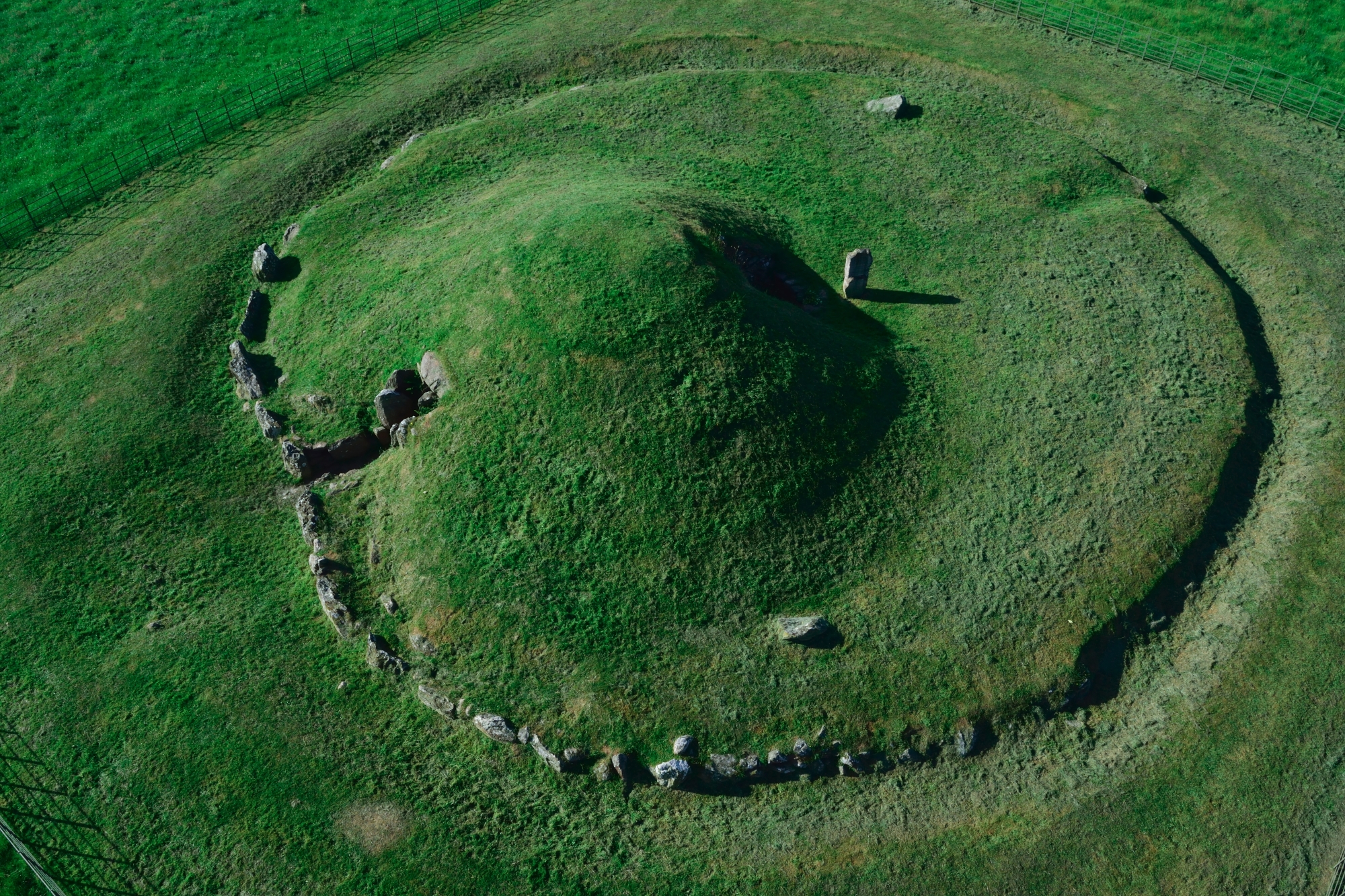
The island of Anglesey, overlooking the Irish Sea from the northwest corner of Wales, has been linked for centuries with ancient and magical mysteries.
The island has been occupied since prehistoric times, more than 5,000 years ago, and it’s covered in ancient stone monuments, like the Neolithic passage tomb called Bryn Celli Ddu — Welsh for "the mound in the dark grove." [Read more about the island of Druids]
Mona by the Romans

Anglesey was called Mona by the Romans – and it keeps that name today in Welsh as “Ynys Mon” or “Mona Island.”
It acquired the name of Anglesey from Viking raiders who attacked Wales in the 10th century.This map of Anglesey was made by the English cartographer John Speed in 1607, for an atlas of the British Isles.
The Druids
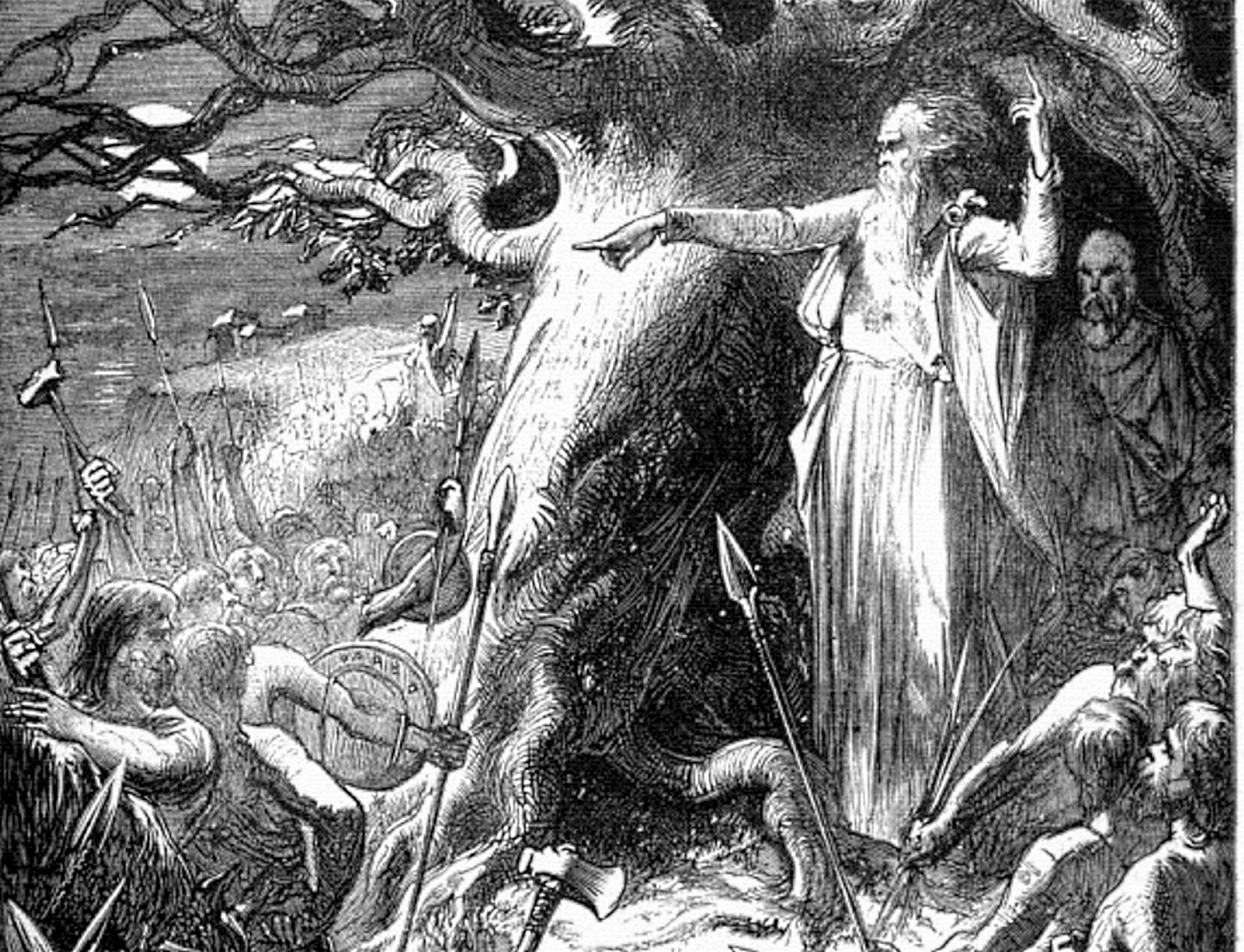
For centuries, Anglesey has been linked to the mysterious order of magical priests known as the Druids, who were said to lead the Celtic British against the invading Romans after 43 A.D.
The link seems to have been made by a single Roman writer around the end of the first century A.D., Cornelius Tacitus, who wrote about a Roman attack on Anglesey, which he described as a center of British resistance.
Odd tactics
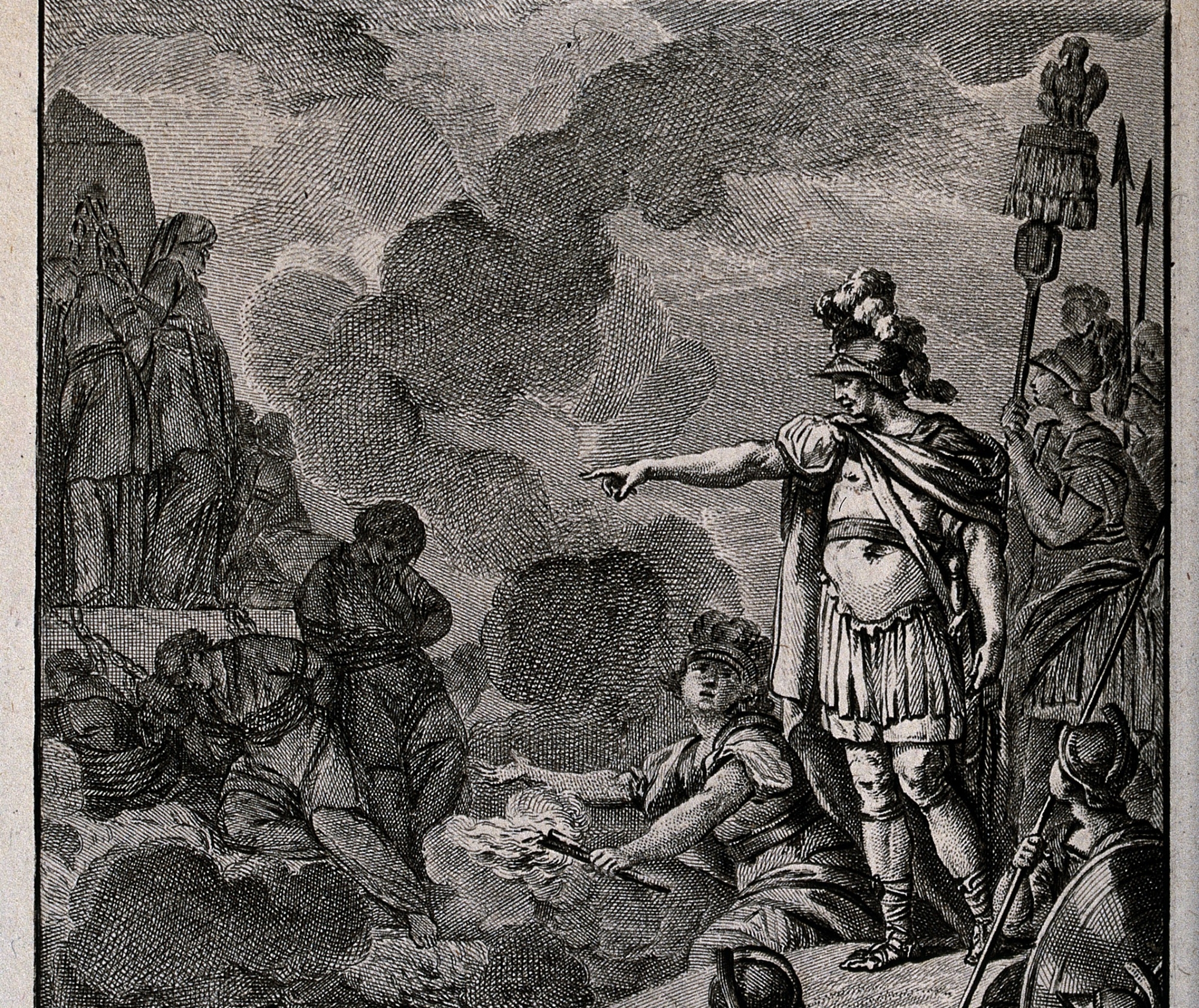
Tacitus wrote that the attacking Roman soldiers were surprised to find Druids on the front lines of the defenders, throwing magical curses instead of missiles.
Neither the curses or the missiles, however, appear to have worked – and the Romans eventually occupied Anglesey and put the Druids to death wherever they found them.
Bryn Celli Ddu
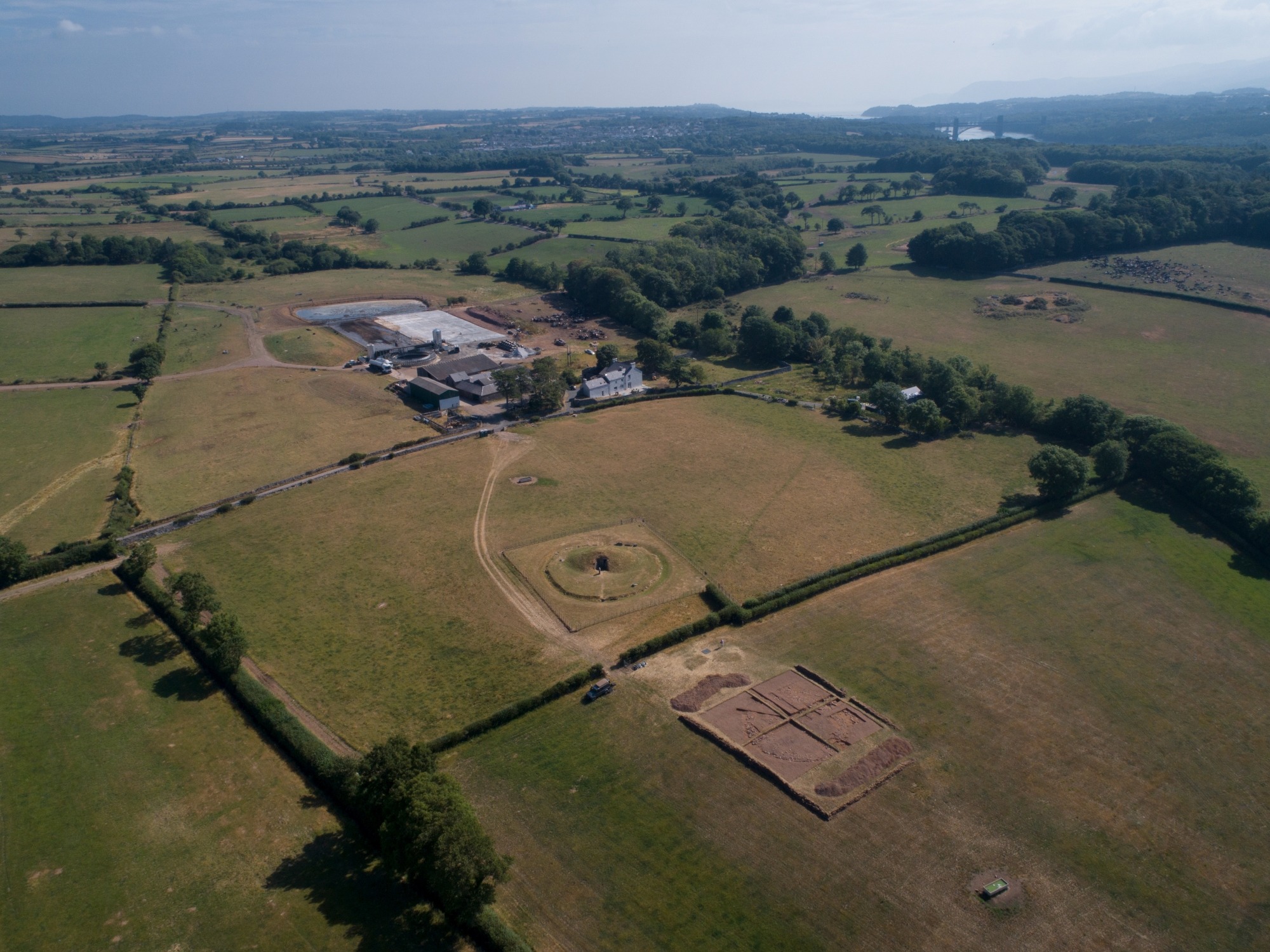
Modern archaeologists have found no trace of the Druids on Anglesey, or indeed anywhere else in Britain – but their mysterious and magical role has become an almost indelible legend in the hands of later writers.
Ancient stone monuments like Bryn Celli Ddu might have been reused as ceremonial sites by later peoples – but they were built many thousands of years earlier than the supposedly Celtic Druids.
Reconstructing history
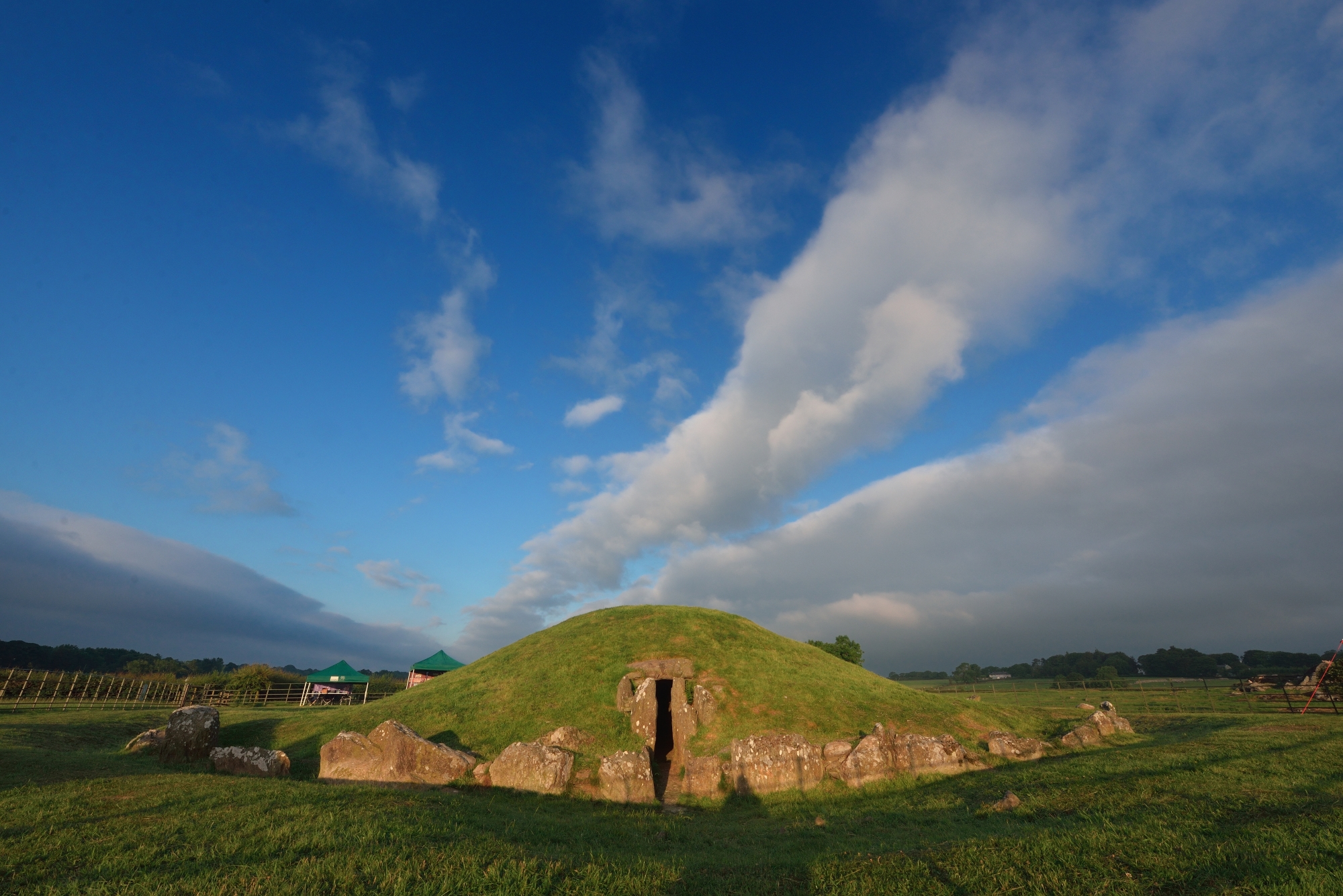
The original tomb of Bryn Celli Ddu was built around 5000 years ago; it was excavated by archaeologists in 1928 and 1929, then reconstructed.
The archaeology of the site shows it was at first a simple burial chamber surrounded by a ditch, and earthen bank, and a circle of upright stones.
Pathway
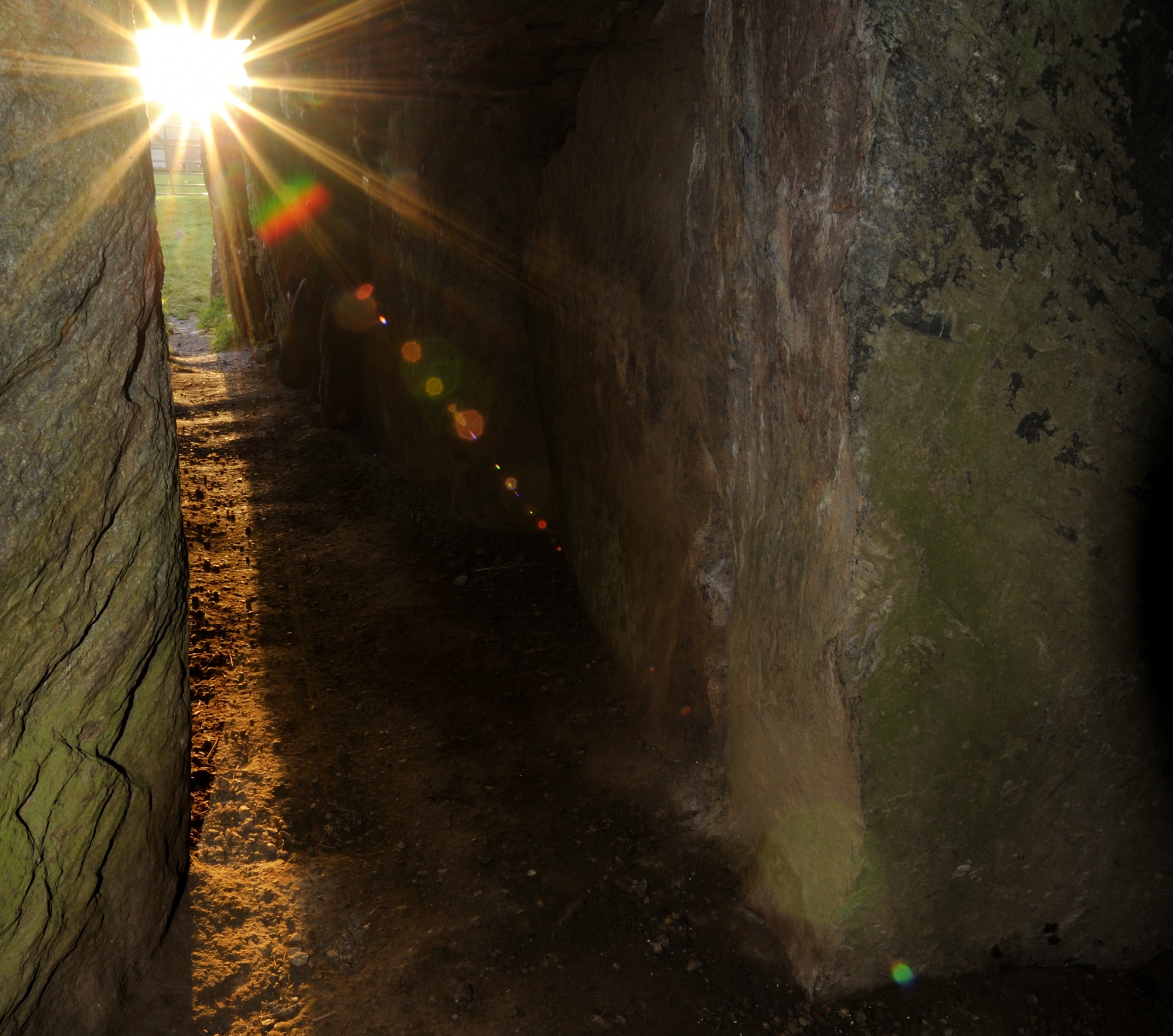
The entrance passage to the tomb was added later, possibly hundreds of years later.
Like the Newgrange tomb in Ireland, the entrance passage lines up for a few days a year with the rising sun – but at mid-summer at Bryn Celli Ddu.
Sign up for the Live Science daily newsletter now
Get the world’s most fascinating discoveries delivered straight to your inbox.
New discoveries
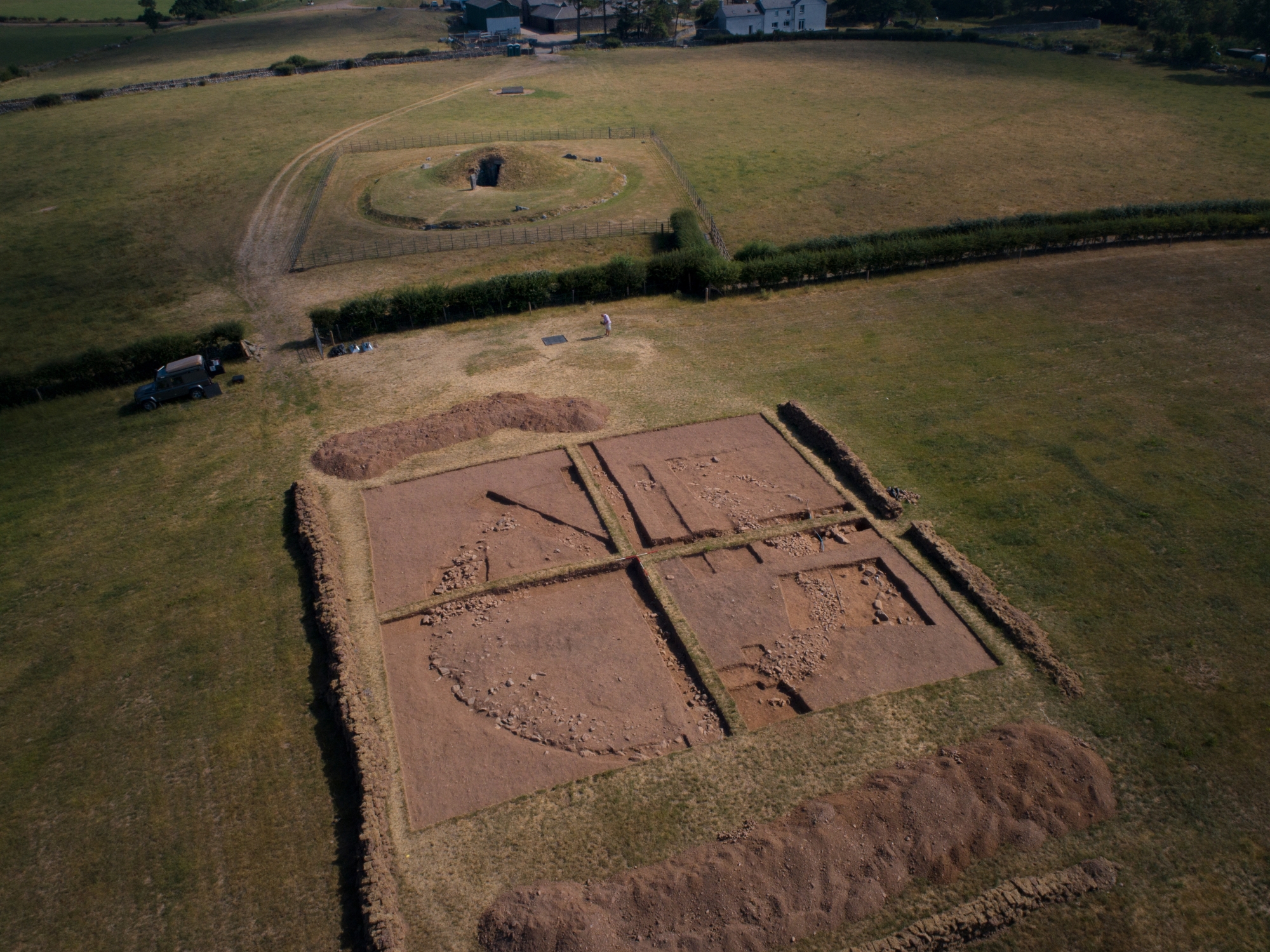
For the last five years, archaeologists from the University of Cardiff and the Welsh Heritage agency Cadw have been conducting excavations at a burial mound a short distance from the passage tomb at Bryn Celli Ddu.
Pieces of distinctive pottery and sophisticated flint tools found at the new site show that the burial mound is built during the Bronze Age in the region, around 1000 years later than the original Neolithic tomb.
Ceremonial center
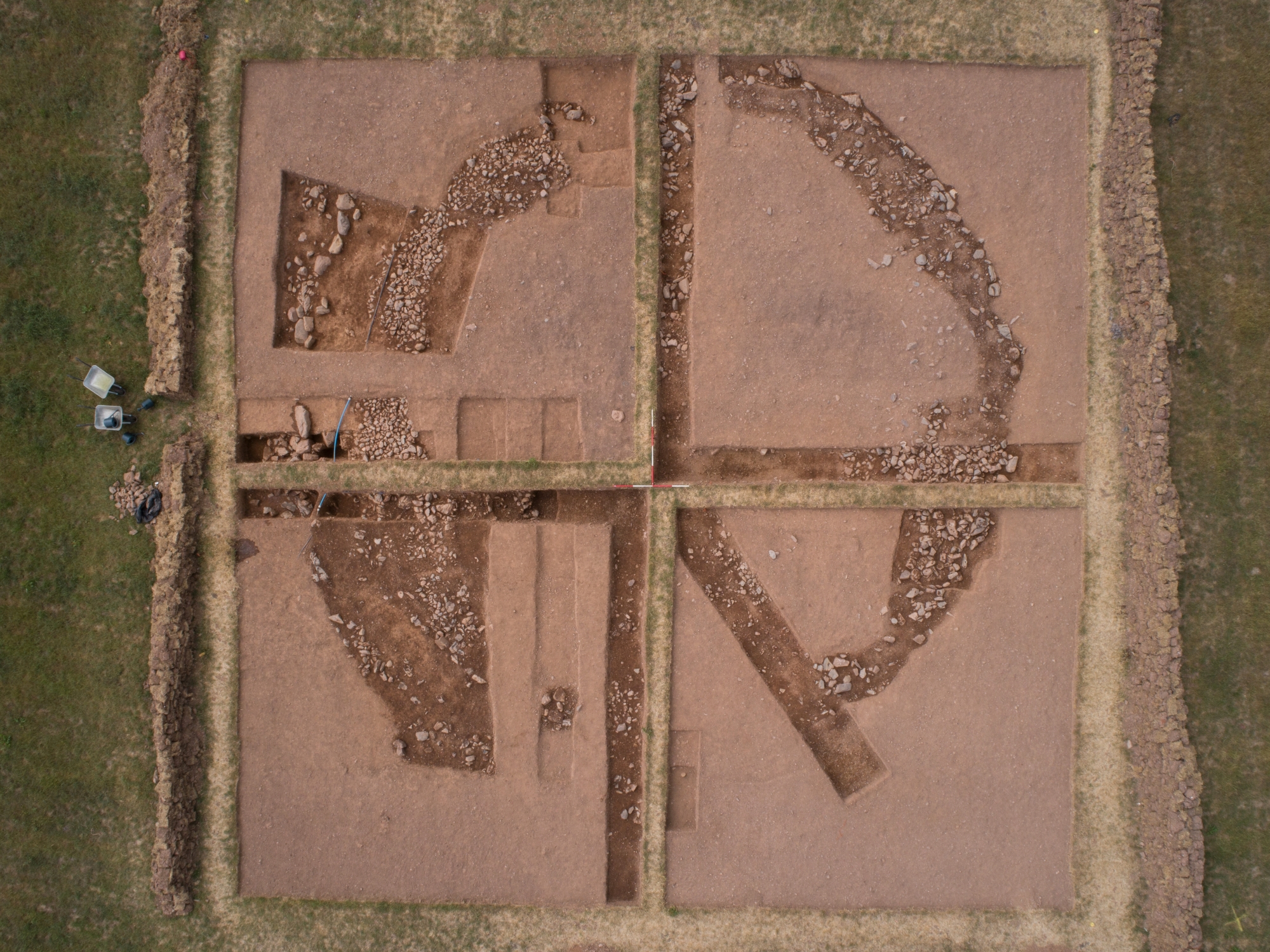
The excavators have also found artifacts that may be even older than the passage tomb, including pieces of Neolithic pottery known as “grooved ware” and the remains of a stone axe.
Archaeologist Ffion Reynolds, who led the recent excavations, says that the finds show that the Bryn Celli Ddu landscape was used as a ceremonial center over thousands of years by different groups of ancient peoples.
Connecting past and present
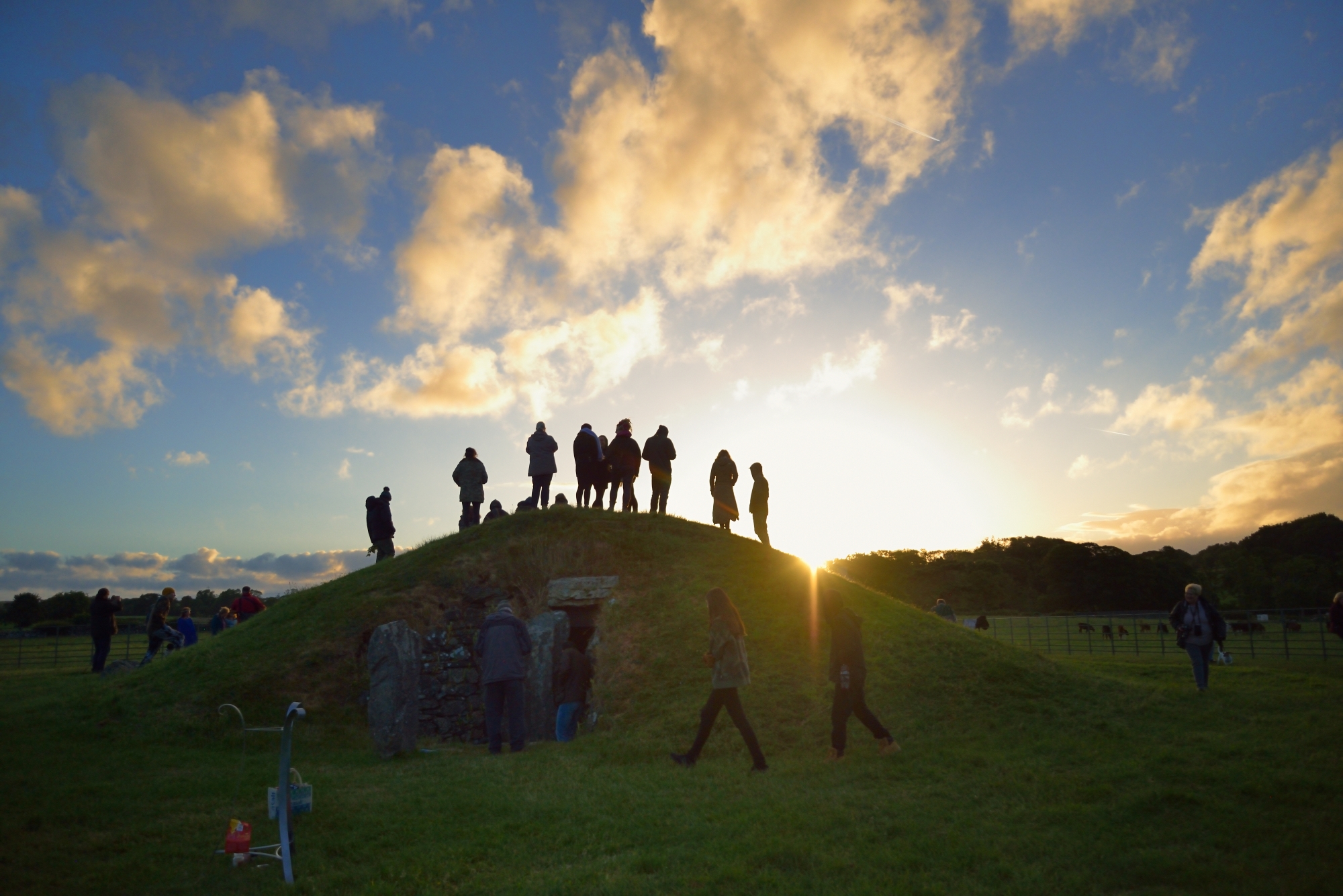
Stories of the Celtic Druids leading the British resistance of the Roman invasions from Anglesey are likely to continue.
But modern historians and archaeologists are finding real facts about this ancient landscape that may be even stranger than fiction.
Follow Tom Metcalfe on Twitter @globalbabel. Follow Live Science @livescience & Facebook.
Tom Metcalfe is a freelance journalist and regular Live Science contributor who is based in London in the United Kingdom. Tom writes mainly about science, space, archaeology, the Earth and the oceans. He has also written for the BBC, NBC News, National Geographic, Scientific American, Air & Space, and many others.










